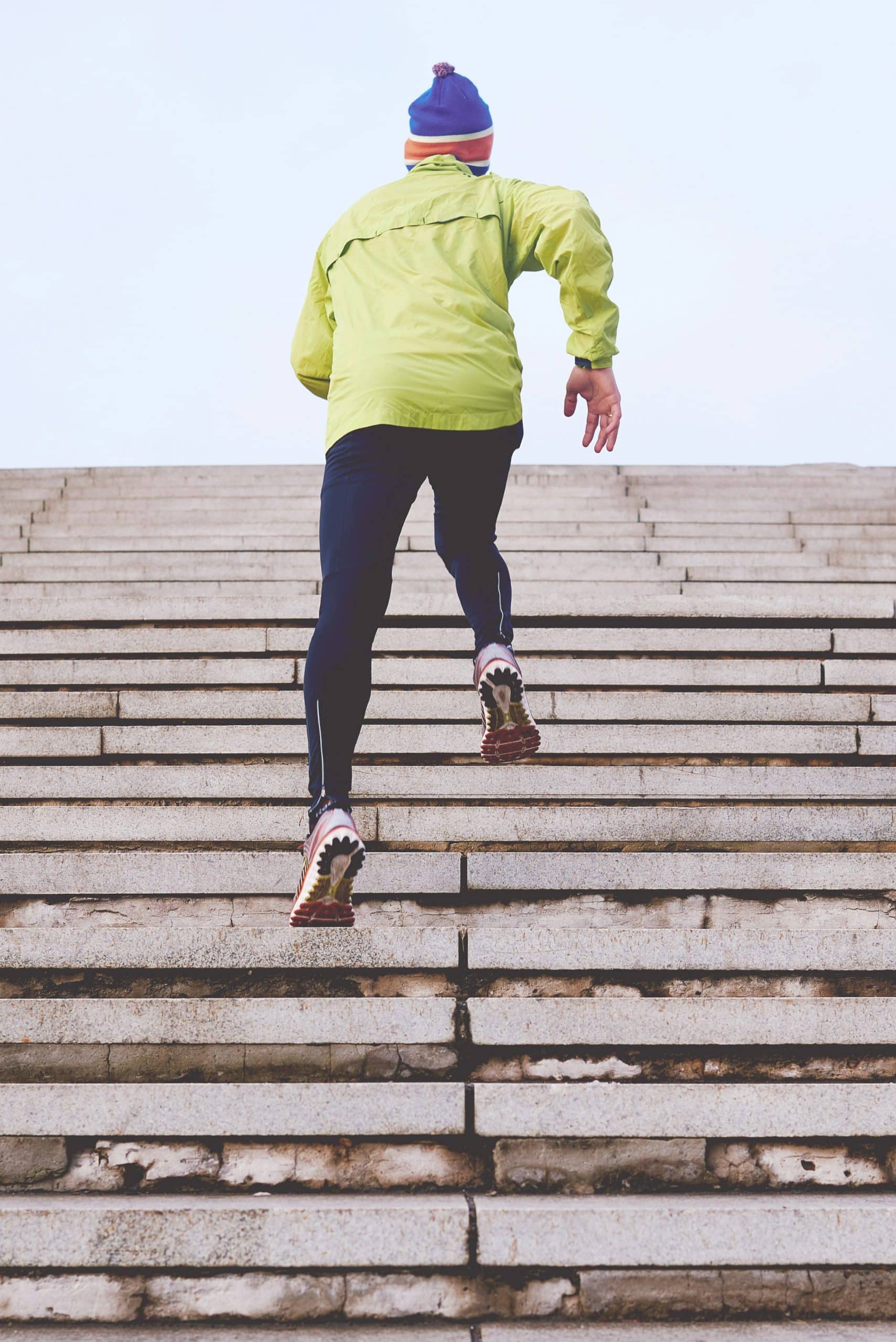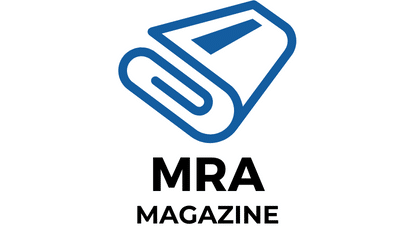What’s the Role of Reflexology in Enhancing Recovery for Professional Cyclists?

In the demanding world of professional cycling, athletes constantly seek innovative ways to enhance their performance and speed up their recovery. One approach that has gained significant interest in this realm is reflexology, a type of massage therapy focusing on certain foot areas. In the following sections, we’ll delve into the role that reflexology plays in supporting cyclists’ recovery and performance, backing our discussion with scientific studies published on PubMed and Google Scholar.
The Basics of Reflexology
Reflexology originates from the belief that various body parts correspond to specific areas on the feet. By manipulating these foot areas, reflexologists purportedly influence the health and functioning of related body parts. While the exact mechanisms through which reflexology works remain a subject of ongoing research, the therapy is widely recognized for its potential to alleviate pain and promote overall wellness.
Lire également : How Can Osteopathic Manipulative Treatment Support Injury Rehabilitation in Rugby Players?
A typical reflexology session involves applying firm pressure to specific foot areas using thumbs and fingers. The reflexologist may also use small wooden sticks or similar tools. These techniques stimulate the nerve endings in the feet, which are believed to send signals to corresponding body parts, thereby improving their function and promoting pain relief.
Reflexology and Pain Management
Pain is a common issue among professional cyclists, arising from the intense physical exertion that cycling demands. Overuse injuries, such as tendonitis and stress fractures, are particularly common and can significantly hinder a cyclist’s performance.
A voir aussi : What’s the Effectiveness of Sand Training for Improving Stability in Beach Volleyball Players?
Several studies suggest that reflexology may help manage pain among professional athletes. For instance, a study published on PubMed detailed an experimental trial involving two groups of athletes suffering from chronic ankle pain. The participants in the experimental group received reflexology treatment alongside standard physiotherapy, while the control group received physiotherapy alone. The study reported that the reflexology group experienced significantly less pain compared to the control group, suggesting potential benefits of reflexology in pain management.
Accelerating Post-Exercise Recovery with Reflexology
As professional cyclists engage in rigorous training and competitive events, their bodies undergo considerable stress, leading to muscle fatigue and inflammation. Proper recovery is thus crucial to maintaining their optimal performance and preventing injuries.
Reflexology may facilitate post-exercise recovery by improving blood circulation and promoting relaxation. Enhanced blood flow facilitates the delivery of nutrients to muscle tissues, supporting their repair and regeneration. Meanwhile, the relaxing effects of reflexology can help alleviate stress and promote sleep, both of which are crucial for effective recovery.
A study published on Google Scholar examined the effects of reflexology on post-exercise recovery among professional athletes. The athletes were split into two groups, with the intervention group receiving reflexology treatments post-exercise, while the control group did not. The study found that the intervention group reported faster recovery times and better overall performance, suggesting the potential of reflexology in enhancing post-exercise recovery.
Reflexology as a Complementary Therapy for Sports Performance
Reflexology is not meant to replace conventional training methods and medical treatments, but rather, act as a complementary therapy. Its benefits may be best realized when combined with other recovery strategies, such as proper nutrition, adequate rest, and physiotherapy.
Moreover, while reflexology holds promising potential for enhancing sports performance and recovery, more studies are needed to establish its efficacy conclusively. Factors such as the specific reflexology techniques used, the duration and frequency of treatment sessions, and individual responses to therapy may all influence the outcomes. Therefore, athletes and their coaches should seek professional advice when considering incorporating reflexology into their training programs.
Reflexology: A Holistic Approach to Cyclists’ Wellbeing
Beyond physical performance and recovery, reflexology may contribute to cyclists’ overall wellbeing. Cycling is not only a physically demanding sport but also a mentally challenging one. Cyclists often face immense pressure to perform, leading to stress and anxiety.
By promoting relaxation and stress relief, reflexology may help athletes better manage these psychological pressures. Furthermore, the therapy provides time for athletes to disconnect from their demanding routines and focus on their wellbeing, which can have positive effects on their mental health and ultimately, their performance.
While the field of reflexology continues to evolve, its potential role in enhancing recovery and performance among professional cyclists is clear. Hence, it may serve as a valuable tool in the arsenal of interventions for these athletes. However, always remember that reflexology should be carried out by certified professionals to ensure its safety and effectiveness.
Reflexology Techniques to Aid Cyclists
Incorporating reflexology into cycling recovery programs involves a number of specific techniques. A trained reflexologist will typically start with a comprehensive foot massage to relax the muscles and improve blood flow in the feet. This sets the foundation for the deeper and more targeted work that follows.
Next, the reflexologist will apply pressure to certain areas on the foot – known as reflex points – that correspond to different body parts. For instance, the base of the toes relates to the neck and head, which can often be tense and strained in cyclists due to maintaining a certain position while riding. By working on these reflex points, reflexologists may alleviate such tensions and pains.
Another popular technique involves the use of a foot bath before the session. Soaking the feet in warm water can help to soften the skin and prepare the muscles for the reflexology session. This can enhance the effectiveness of the treatment and allow the athlete to gain maximum benefit.
While the specific techniques used can vary, they all aim to stimulate nerve endings in the foot and improve overall blood flow. These actions are believed to influence the corresponding body parts and promote recovery and wellbeing.
Reflexology vs. Other Types of Massage Therapy
Reflexology is one type of massage therapy that can be beneficial for professional cyclists, but it is not the only one. Other popular massage therapies include deep tissue massage, Swedish massage, and sports massage. These therapies focus on different areas of the body and employ various techniques, but all aim to promote recovery and enhance performance.
Deep tissue massage targets the deep layers of muscle and fascia, aiming to relieve chronic muscle tension and improve flexibility. Swedish massage, on the other hand, involves lighter pressure and long, flowing strokes to promote relaxation and reduce stress.
Sports massage is specifically tailored to athletes and focuses on the areas of the body that are most used in the athlete’s specific sport. It combines various techniques to promote flexibility, prevent injuries and improve performance.
Each type of massage therapy has its unique benefits, and the choice between them typically depends on the athlete’s specific needs and preferences. Reflexology stands out for its holistic approach, focusing on the entire body through the foot, and its potential to enhance both physical and mental wellbeing.
Conclusion: A Promising Role for Reflexology in Cycling
In conclusion, reflexology can play a promising role in enhancing recovery for professional cyclists. Through various techniques, this form of massage therapy can help alleviate pain, accelerate post-exercise recovery, and contribute to cyclists’ overall wellbeing.
While more research is needed to conclusively establish the efficacy of reflexology in sports performance and recovery, existing studies like the ones cited from PubMed and Google Scholar suggest promising potential. As always, when considering incorporating any new therapy into a training program, professional advice should be sought.
With the field of reflexology continuing to evolve, it is an exciting time for professional cyclists and their coaches to explore this complementary therapy. By working with a certified professional, cyclists can safely and effectively incorporate reflexology into their recovery program, enhancing their physical performance and mental strength in the demanding world of professional cycling.
Remember, reflexology is not a standalone solution, but part of a holistic approach to athletic training and recovery. When combined with proper nutrition, adequate rest, standard physiotherapy, and other supportive therapies, the benefits of reflexology can truly shine.
